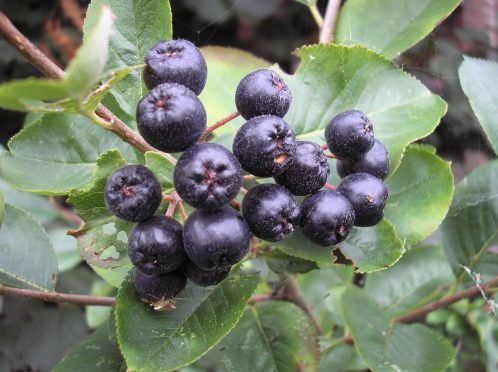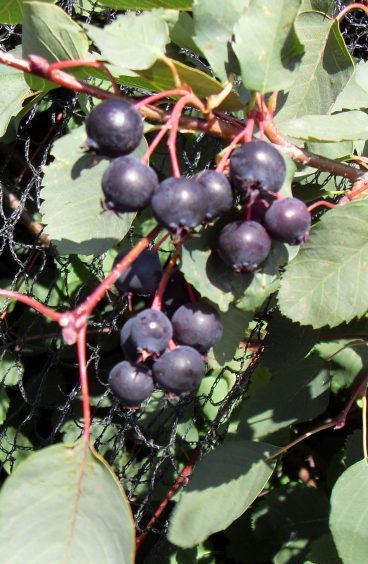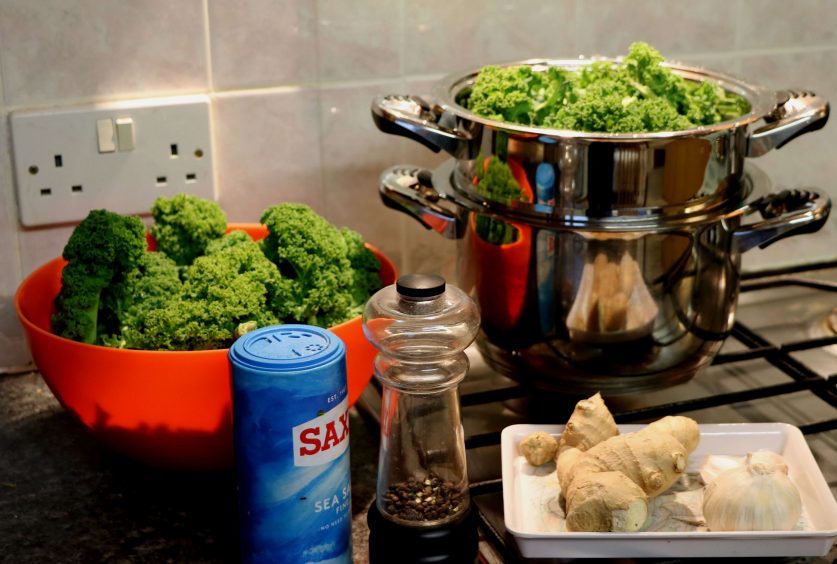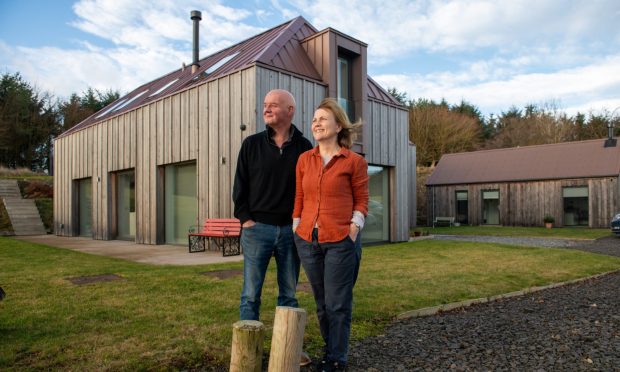There is an assumption that we all overindulge during the festive season, and that is hard to avoid as the boxes of delicious chocolates and biscuits appear in great quantity under the Christmas tree.
However television and the press are taking this opportunity to address the problem of those of us who have gained a few extra pounds.
There is no shortage of recommended gentle and strenuous exercise regimes to follow with music so we can go with the beat.
Then advice on diets is very popular with information on both balanced diets, good foods to eat, foods to avoid and just how good are our super foods should we wish to add a plentiful supply of these in with our daily meals.
The jury is still debating exactly what is a superfood and just how beneficial these are. Many of our berried crops often fall into this group due to their red colour, vitamin C content, high in fibre and antioxidants.
However our breeders have been adding to the list by crossing one with another so it can be quite confusing to know where we are so I am hoping to clear up some of the mystery.
Blackcurrant breeding at James Hutton Institute concentrates on varieties suited to commercial production where harvesting is done by machines, but some varieties are brilliant for the domestic market as not many amateur gardeners machine pick their berries.
Ben Connan has large sweet fruit and is a heavy cropper. Big Ben is similar but with even bigger and sweeter fruit.
Redcurrants and whitecurrants have smaller berries but still give heavy crops, but with bigger seeds in the fruit are more suited to jelly rather than jam use, and make brilliant wines.
Gooseberry breeding is currently looking for spineless bushes resistant to mildew with upright growth and a good yield of berries with flavour.
Several new varieties are under trial at James Hutton and RHS gardens in Wisley.
The Worcesterberry a separate species, ribes divaricatum, originally from North America makes a huge and very spiny bush producing small black gooseberry looking fruit.
The Jostaberry on the other hand is a cross between the blackcurrant, the gooseberry and the worcesterberry. The fruit is similar to the worcesterberry but the bush is thorn free.
The Boysenberry has an even more mixed up parentage. It is a cross between the raspberry, the blackberry, the loganberry and the American dewberry.
The fruit is similar to the blackberry and though the bushes may lack vigour the stems are thornless so picking is easy.
The blackberry, loganberry and tayberry all grow in a similar fashion but fruits vary from black to red and breeders have now got most of them in thornless forms.
The Japanese wineberry is an asian form of raspberry with small sweet fruit but very spiny stems.
The Chokeberry, Aronia melanocarpa, the Saskatoon, Amelanchier alnifolia and the blueberry, Vaccinium corymbosum and the honeyberry, Lonicera caerulea are all separate species of plants having edible sweet black fruits all high in vitamin C and antioxidants.
They can be eaten fresh (though the chokeberry is a wee bit astringent) or used for jams, summer puddings, added to yogurt or brewed for a delicious red wine.
Goji berries gained popularity as the new superfood, but claims were not conclusive, so by all means try them out as part of a balanced diet, but other fruits may be just as beneficial. I tried growing goji bushes on my allotment but after three years of great growth but not a single berry, they got dug out.
Wee jobs to do this week
Both kale and Brussels sprouts are very tolerant of cold weather so picking these fresh healthy greens can continue for many weeks, but keep them netted from pigeons as their food supplies in winter are thin.
Pick young leaves of kale to leave the older leaves to keep the plants growing. Sprout buttons may show weather damaged outer leaves, but after these are removed there is a lovely sprout inside ready to be cooked.
Anna’s favourite is to chop up both and steam for five minutes after adding some garlic, ginger and onion, salt and pepper.















